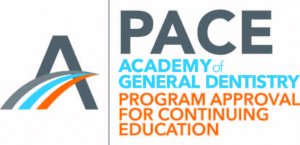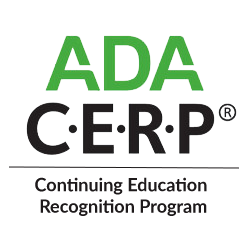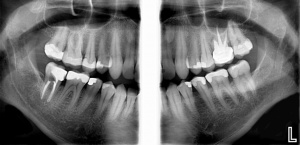Optimizing Digital Radiography - Solving Challenges
Product Details
Karen Preston MAEd, RDH, FHEA & Gordon J. Christensen, DDS, MSD, PhD
Digital dental radiology has made major strides since its introduction many years ago. However, despite the obvious advantages, there are numerous challenges. This video addresses those challenges and will help you to solve them. The following topics are included in the video:
- Are CMOS sensors different one from the other?
- How to optimize sensor use life expectancy.
- Is phosphor plate technology equal in image quality to CMOS sensors? If so, do you need both?
- Improving quality of digital images — using enhancement and software tools.
- Techniques for panoramic, periapical, and bitewing imaging.
- Cone beam imaging, exposures, views, and artifacts—when needed?
- Radiation protection techniques: Are lead aprons necessary? Who needs a thyroid collar? What is “dose creep”?
There are many challenges with digital radiography. This video will help dentists and staff members to reduce or eliminate them.
Table of Contents
- Challenges in Digital Dental Radiography
- Frequency of Radiography Use in Practice and ROI
- Radiation Protection Techniques
- CMOS Sensor Differences
- Optimizing CMOS Sensor Use Life Expectancy
- Sensor Holders
- Phosphor Plate Sensors
- Optimizing Phosphor Plate Use Life Expectancy
- Control Panel Choices and Proper Radiation Exposure for Specific Patients
- Improving Quality of Digital Images
- Panoramic Radiographs
- View Options - TMJ and Sinus
- Extraoral Bitewings
- Cone Beam
- Clinical Techniques
- Conclusion
Video Length:
60 minutes
Item #: V1119
CE Credits:
2







